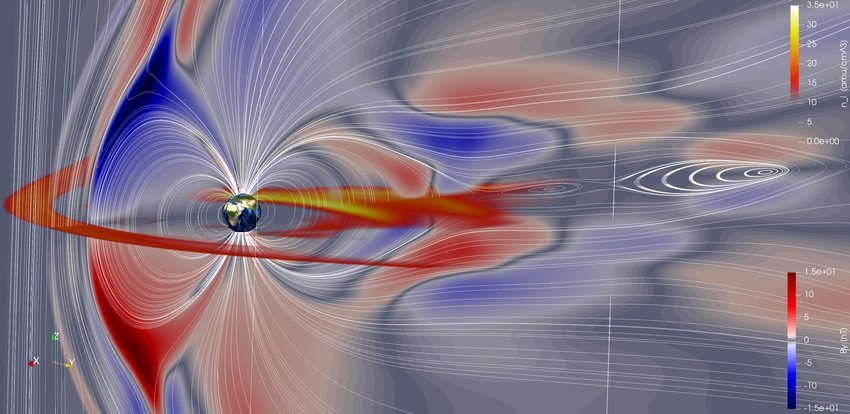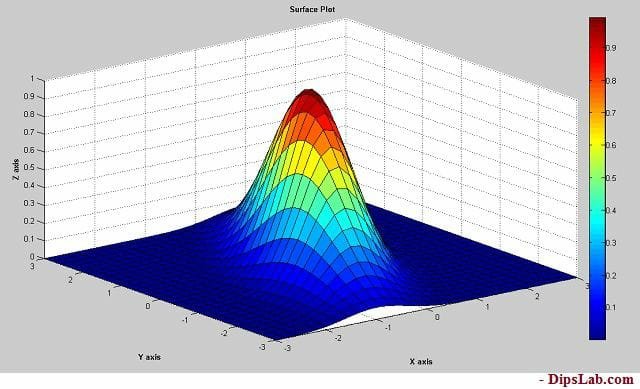
The Solar Winds
Effects on the Outer Magnetosphere
Solar Wind Distortion of Magnetosphere
The Velocity of the Solar Wind compresses the forward facing components of the Magnetosphere, while at the same time expanding the rear components. The Quadrupole Moment between the compressed quadrants and expanded quadrants of the Magnetosphere is shown in the graphic as a Dipole due to the Equatorial Perspective that has been used.
The white lines of a Plasmoid are shown in the tail, this feature is common to all Magnetosphere that exhibit motion though fast moving wind generated by Potential Difference in the larger Magnetosphere that it is rotating around.
Plasmoid C
onfinement
This Artist’s impression done from data collected from the Voyager probes flight path through the Magnetotail of Uranus. The density of Plasma due to Magnetic Confinement has the ability to form a Self-Sustaining Toroid from the confined dust cloud. As the toroid builds power it will look to align itself perpendicular to the larger field of the Magnetosphere. The Toroid is now orientated so as to Z-Pinch that larger fields rotation energy and during encounters with Dust the Toroid creates what appears as gravitational collapse of the Dust cloud.
The result of this process is the formation of Moons, Planets or Stars as a stable Toroid can survive inside the protection of the Magnetotail due to a Doldrum like effect on potential difference in the region that limits the winds ability to rip the Plasmoid apart before it has the chance to grow.
Plasmoid’s and Toroid’s.
The “Helical Flux Rope tube” opposite is the confinement of plasma in a defined volume with uniform rotation around the central axis of a magnetic field. The systems volume is at entropy when considered as a straight cylindrical tube, however due to the geometry of the curve of the tube around the second poloidal axis (D in image opposite with the axis projecting into the screen from our position).
If 1/2D = R to central axis, then the compression of potential energy on the inside curve must produce a Cartesian Oval in the 2 dimensional cross section of the flux tube at any cross section of the curve.
The direction of rotation on the inside of the curve is uniform in the Z axis of the Plasmoid and this produces a merging wave that is equal and no longer opposite due to the change in direction of current in the flux tube loop around the axis.
The Current sheet generated in an elongated Plasmoid is compressed into a Z-Pinch as the geometry of the Plasmoid breaks at the compression point to form a toroidal geometry around the Poloidal axis as the final disconnection from the larger field happens triggering the reconnection of the plasmid into a Toroid. As the toroid density increases due to confinement, the pressure on the Z-pinch also increases and current velocity increases with Potential difference between Negative and Positive Z that formed the Helical Poloidal current tube from the current sheet of the elongated Plasmoid.
Weather patterns of the Heliosphere
Extensive explantation of Heliospheric currents produced by the Plasmoids and Flux Rope Tubes can be examined in Fig 2D on Page 14. In that illustration the direction of roll in the Hadley and Ferrel cell of the Solar Heliospheric atmosphere is shown. The effects of these Helical flow patterns in 3D can be seen opposite on the velocity of the solar wind due to the decreased pressure differential between the doldrums region of the magnetic equational region of the Heliosphere. The speed of the Equatorial outflow is reduced due to the lower potential difference between any 2 points along that axis.
In the larger 3D Heliosphere there exists multiply regions of confined particles flows. Between 2 currents where the induction of current is nullified by opposing rotating waves merging on that point. These Nodes create features like the Asteroid belt. An experimental example of this can be done by levitating a table tennis ball in the node between 2 loops of a sound wave travelling in both directions.
The Helical Motion Around The 2nd Axis
The Helical Motion of a looping flux tube can be seen to rotate in the same direction, so long as the observers orientation to the direction of travel is maintained. The effect of this is that the helical flux tube produces an identical Magnetic structure to that of a single turn electrical conductor of the same shape.
The wave of Helical Motion travels outward from the central axis of the flux tube (or single turn coil) in all directions and does so from 360* around the Theta or Z-Pinch axis. Since the wave travelling away from the 360* “point source” loses energy inversely to the volume that it is expanding into due to the wave face having to cover the surface area of the larger sphere.
Since we are predominantly concerned with the waves inward direction towards the Theta axis and the effects of decreasing volume on the waves potential energy. Since energy must be conserved in a wave and potential difference requires a volume measurement, as volume decreases the amplitude of the wave increases.
The computer generated wave peak from this process can be seen opposite.





